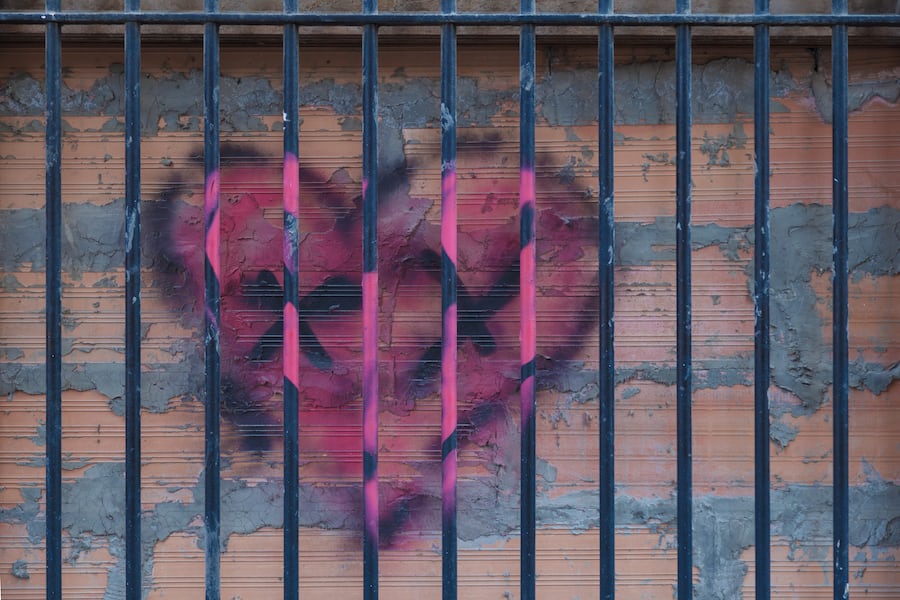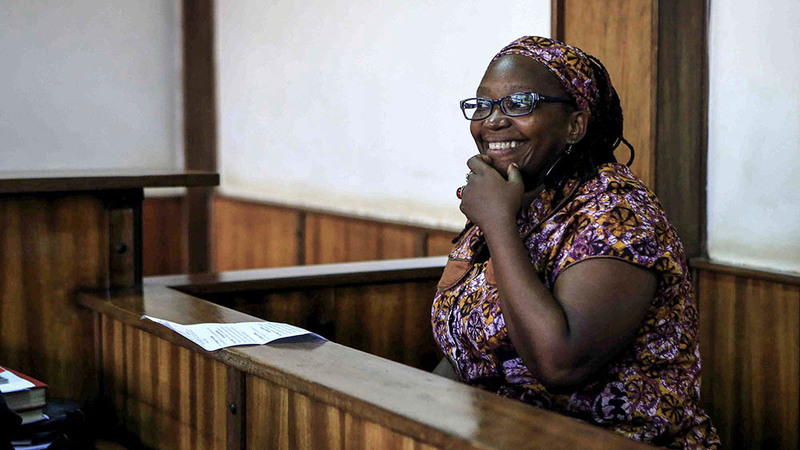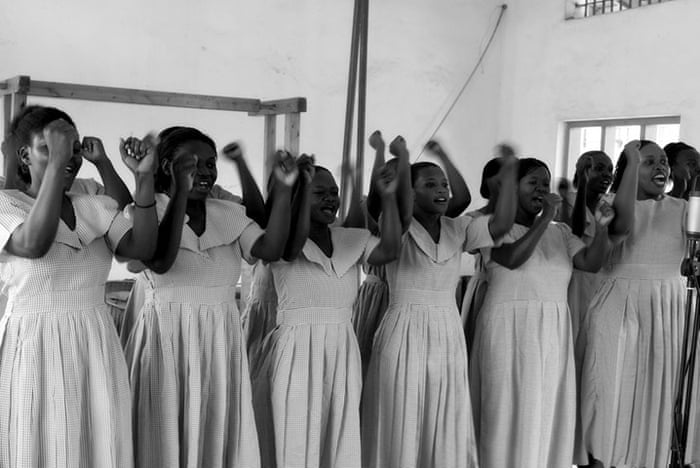
In the past two months, the heads of Uganda’s prison system have discovered and decried the intense prison overcrowding in their own prisons. In October, the headline read, “Prisons worry over increased number of female inmates”. Today’s headline reads, “Prisons boss decries abuse of prisoners’ rights”. The abuse is overcrowding. Will this performative articulation of attention make any difference? If history is any guide … no. As of September 2023, Uganda’s prisons were the third most congested in the world, after the Republic of Congo and Haiti. Uganda’s prisons are at 367.4% of capacity. In 2021, Uganda’s prison density was 319%. From 2000 to 2020, year after year, Uganda’s prison population has grown. In 2000, the prisons were already at over-capacity. In 2005, two-thirds of Uganda’s 18,000 prisoners were awaiting trial. Some had been caged for years, for no reason other than not being able to post bond. Of the 18,000, prisoners, 5,000 were in Luzira, built in the 1950’s, designed for a capacity of 500. That’s ten people for every one person’s space. For years. In 2010, the prison system reported over 30,000 prisoners, of whom a little over 1,000 were women. In March 2010, Luzira Upper was at 366% of approved capacity; Luzira Women’s at 357%. In 2013, members of civil society called on the State to “exempt women offenders with babies and expectant mothers from long custodial sentences”. At that time, 161 children of women prisoners were guests of the Ugandan State. In March 2012, Luzira Women’s Prison was at 357% capacity. In October 2016, Uganda’s notoriously overcrowded prisons recorded an occupancy rate of 293%, more than half of whom were pre-trial or remand prisoners.
It’s a bit late to be `discovering’ the problem. It has been there all along, in plain sight and fully documented. What’s going on? The State agencies have a simple answer: too many remand prisoners. What’s really going on? At the very least, the problem is no problem at all. Heads of prison staff routinely discover the overcrowding, lament the overcrowding, explain the overcrowding, and then do absolutely nothing.
According to the Commissioner General of the Uganda Prison Service, Can. Dr. Johnson Omuhunde Rwashote Byabashaija, in the last ten years, there has been a 125% increase in the number of incarcerated women, from 1591 in 2013 to 3585 today. The Commissioner’s response? “We have a policy that all women are entitled to beds. We might not be meeting it but that is our policy. Even when they are in prison, they are mothers of the nation. We can’t handle them the way we handle the other inmates. It is very terrible to see mothers congested, mothers need a lot of space to accommodate the children and themselves.” We might not be meeting the policy, but we definitely do have a policy, and so it’s fine.
This week Assistant Commissioner General of Prisons Samuel Akena explained, in a similar vein, “It is not fair for you to claim that I am responsible for poor food, poor housing, or poor clothing. Our responsibility is to ensure that the human rights of these people are observed. Congestion is caused by remand. The capacity I have is only for 20,000 prisoners, but we have 77,089 as of today.” We have a policy that says that our responsibility is to ensure human rights. We have a policy, which we might not be meeting, ok, we’re not meeting, but we have a policy … and so it’s fine.
It’s not fine. It’s not fine to discover, year in and year out, the violations and the violence that ensues therefrom. It’s not fine to continually discover the dangerous to fatal conditions to which so many are condemned, more often than not because they can’t post bail, and then claim the articulation of a policy bathes individuals and institutions of any guilt. A policy without implementation is no policy at all, in fact it’s worse than no policy. What will be discovered next year? This year, the occasion of the Assistant General’s remarks was the commemoration of the 75th anniversary of the Universal Declaration of Human Rights. Article 5 of that Declaration reads, “No one shall be subjected to torture or to cruel, inhuman or degrading treatment or punishment.” We have a policy. We might not be meeting it.
(By Dan Moshenberg)
(Image Credit: Karim Mantra / Unsplash)


